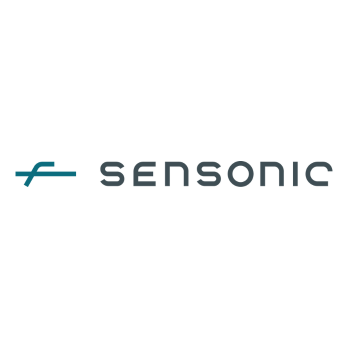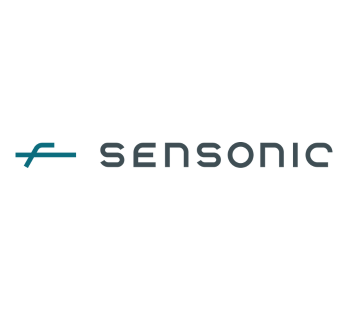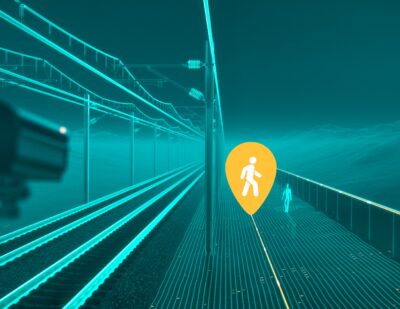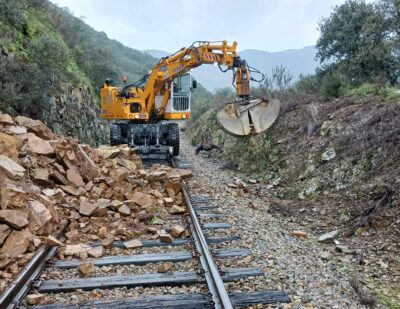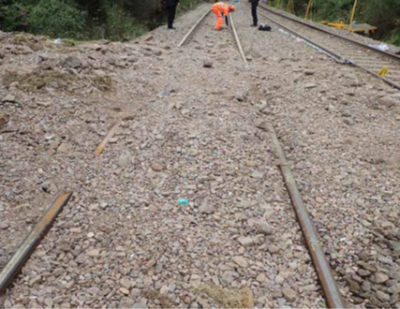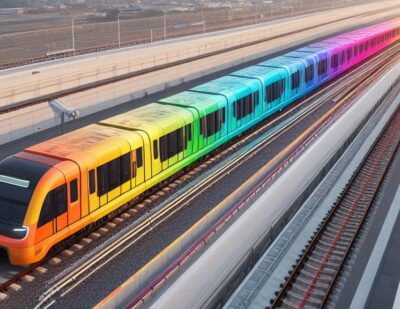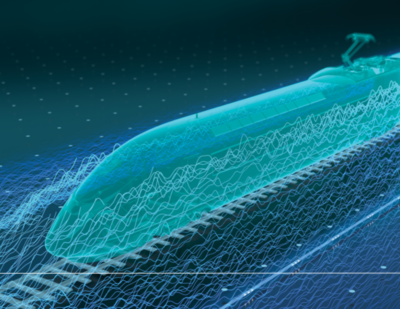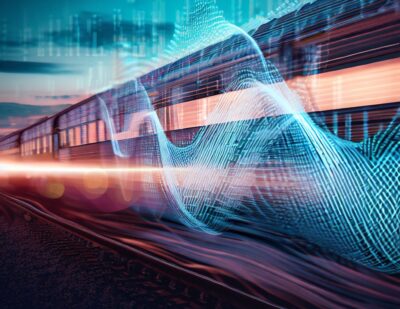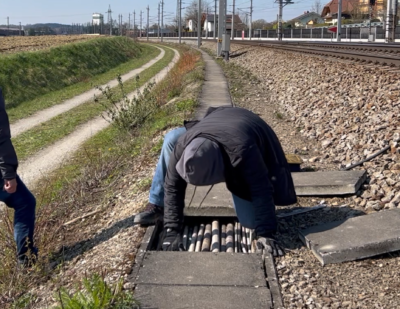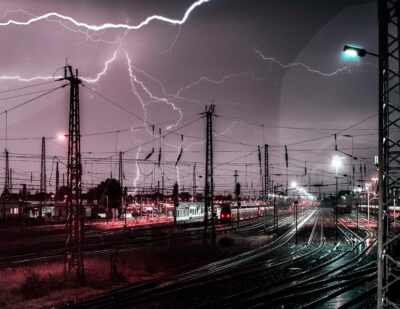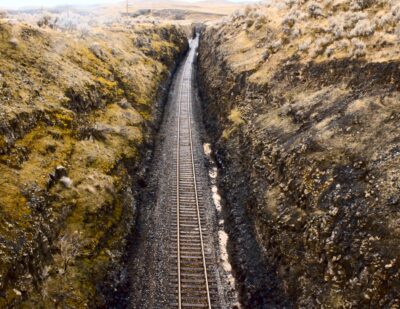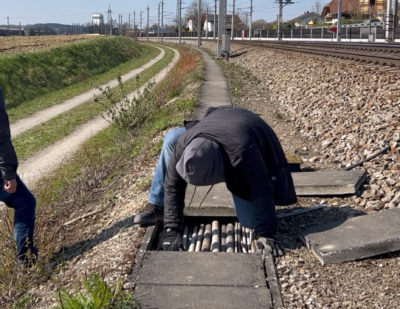Tracks and Turbines: A Green Alliance – But Not How You Might Expect
At first glance, railways and wind turbines seem like unlikely bedfellows.
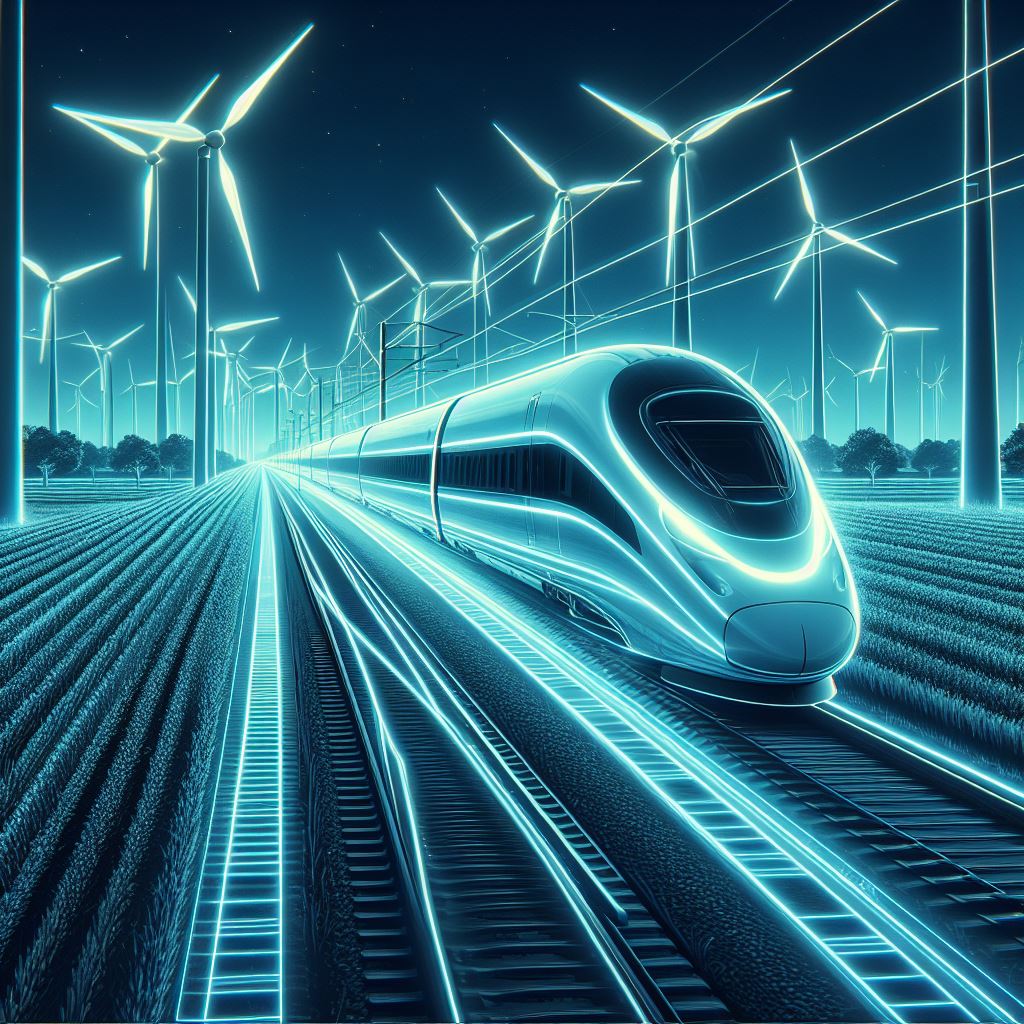
One, a steel ribbon carrying passengers and goods across vast distances, the other, a towering titan harnessing the wind’s energy. Yet, beneath their differences lies a surprising alliance forged between cutting-edge technology and difficult to access assets.
Shared Green Goals:
Both railways and wind turbines are champions of environmental responsibility. Trains, compared to airplanes or cars, boast significantly lower carbon emissions per passenger-kilometer, offering a cleaner option for travel and freight transport. Wind turbines, of course, are renewable energy powerhouses, generating electricity without harmful emissions even powering electric railways to help mitigate climate change.
A Symphony of Vibration Sensing:
The connection between rail and wind industry goes deeper than realising green goals and plugging one in to power the other. Both these marvels of engineering share a vulnerability – wear and tear on critical components and potentially dangerous incidents caused by external factors. Access challenges compounded by high levels of required reliability form a challenging maintenance environment. This is where vibration sensing, a technology like a sixth sense for machines, steps in.
Wind Turbine Whispers:
Wind turbines generate vibrations as they spin extracting power from the air. Sensors embedded within the turbine and equipment structure can detect subtle changes in these vibrations, listening out for trouble and indicating potential issues like gearbox wear, bearing issues or blade damage from external impact or lightning strikes. This early and remote condition monitoring capability allows for targeted condition-based maintenance, minimising costly downtime and ensuring the efficient generation of clean energy.
Railway Rhythms:
Trains also generate vibrations as they move. By deploying distributed acoustic sensing along tracks, we can monitor these vibrations along entire routes to detect both track and train issues such as defective rail joints, rail surface defects or track misalignment. Listening to railway infrastructure can detect other important external events too. This might be trespassers, and vehicle incursion onto the track which can jeopardise safe train travel. During poor weather, landslides, rockfalls, and trees toppling onto the track can block the rail route endangering rail traffic. Extreme weather can cause excess water flow to wash away (washout) the track structure itself with obvious safety consequences. However, all these events create vibrations as they happen, which can be detected to alert rail operators of a potential hazard ahead.
Benefits of Early Detection:
Early detection, thanks to vibration sensing, brings a slew of benefits:
- Reduced downtime: Instead of waiting for catastrophic failures, maintenance can be scheduled proactively, minimising disruptions keeping track, trains and turbines operational.
- Cost savings: Early intervention prevents minor issues from snowballing into expensive repairs, saving on maintenance costs in the long run.
- Enhanced safety: Proactive maintenance ensures smoother operations, potentially preventing accidents and safety hazards. Detecting external events allows operators to respond to incidents before they become catastrophic, or their trains quite literally run into them.
Future Potential:
The future holds even more exciting possibilities for this technological marriage. Imagine intelligent systems that not only detect issues but can also predict them, learning from past data and adapting to changing conditions. This predictive maintenance could further optimise operations, minimise downtime, and ensure the longevity of both railways and wind turbines.
A Sustainable Symphony:
In conclusion, while railways and wind turbines may seem like disparate industries, they share a deep connection in their fight for both sustainability and efficiency. Both increasingly adopt vibration sensing to aid diagnostics, optimise efficiency and enhance safety. This perhaps unexpected technology alliance paves the way for a future where green giants like trains and wind turbines leave a legacy of clean energy and efficient transportation. So, the next time you see a train whizzing by or a wind turbine reaching for the sky, remember the silent symphony of data beneath the surface, ensuring their smooth and sustainable operation.
If you are interested in how vibration sensing can be used in railway applications then look here.
This article was originally published by Sensonic.
